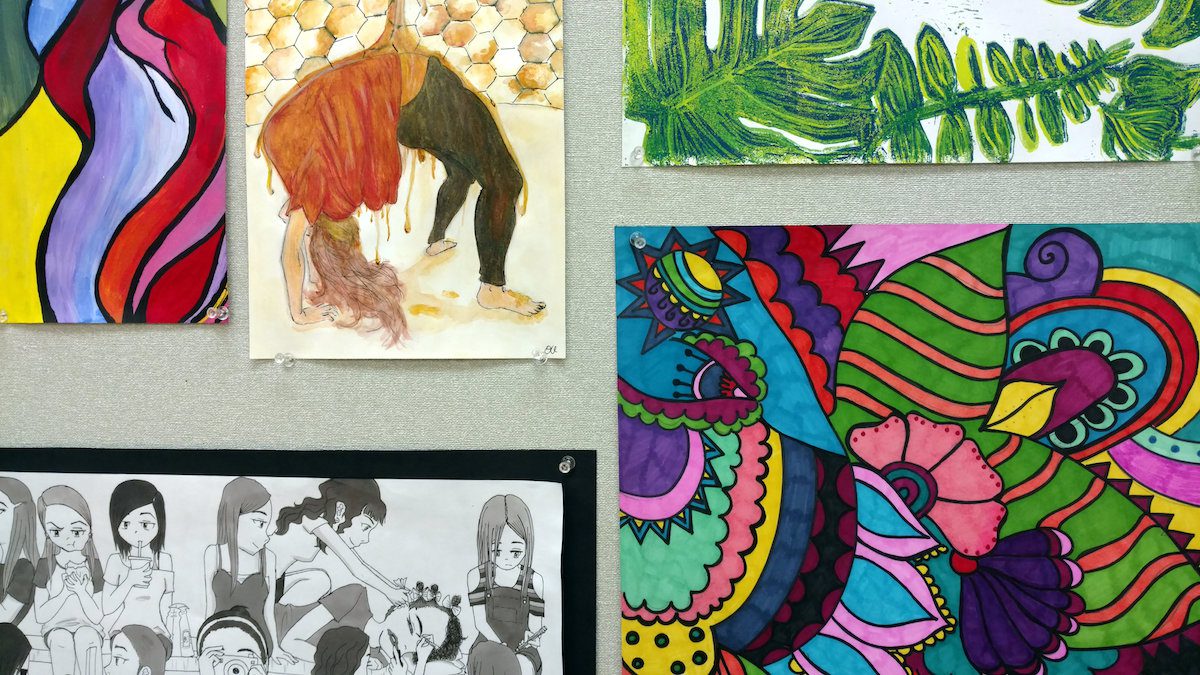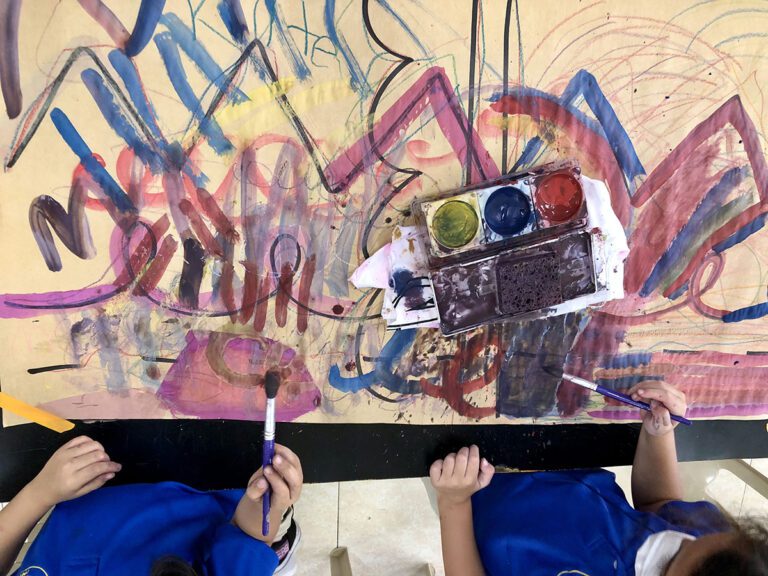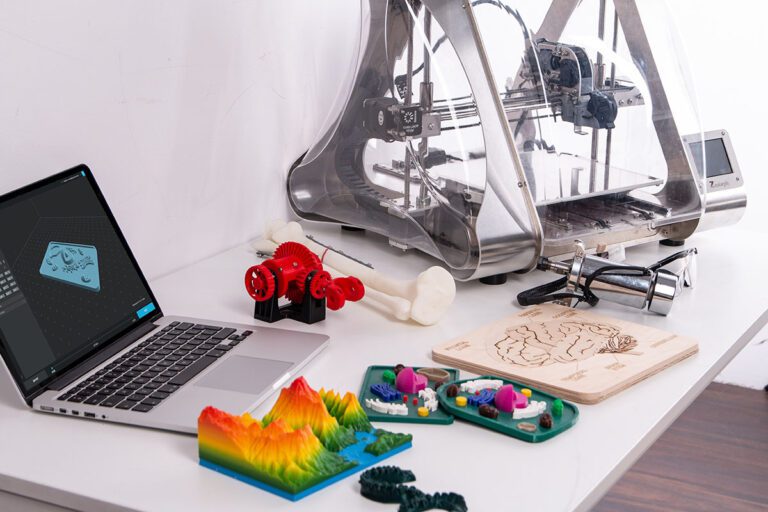Aesthetics matter to art teachers. They always have and they always will. We are masters of appearance, able to facilitate beautiful displays of student art to adorn hallways and bulletin boards in schools all over the country. It’s good that we can do this. It makes our communities better and brings joy to our schools. How the artwork looks is important because art is visual. But, it’s also important because it’s often how our work is judged. Appearance matters to parents and administrators, in no small part because it’s often all they see of the work we do with our students.
We, however, know there’s much more value in our teaching besides the end results.
We see kids struggle and strive and finally get it. We see how kids learn and form ideas and know that the process looks different for each one. In short, the act of making art is just as important as the finished artwork because it’s when the learning takes place. Sometimes it’s messy. Mistakes happen, kids get stuck, and things are set aside and started again. But, by working through these challenges, our students practice their problem-solving skills and learn the value of perseverance.
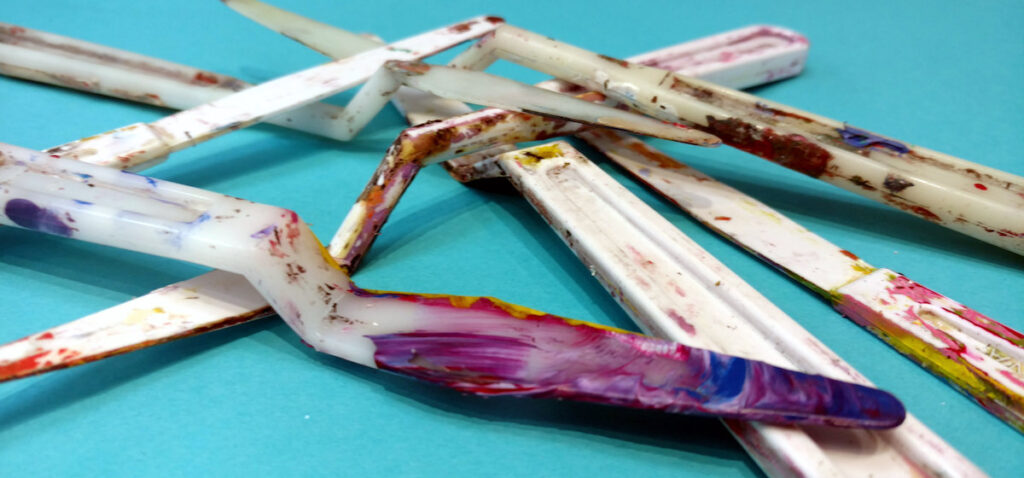
Although many of us know and value the process of artmaking, sometimes, we have to make sacrifices.
We know our programs are judged on finished work and little else. So we plan out the steps of our students’ work with the end result already in mind instead of letting kids struggle through mistakes to get there themselves.
Over weeks, we delegate tasks that form a vision we’ve pre-planned: a painted background one class, cut paper added the next, and finishing details painted during class number three. Our students and schools are proud of this work, and they should be. It’s beautiful.
But, art made this way is not our student’s… it’s ours.
When teachers take responsibility for planning the content of student artwork, it ceases to belong fully to the students. After all, the role of an artist is to make. To make artistic decisions, to make meaning, and to make original work. With those roles being filled by someone else, the tasks left to the students are much less rigorous and require more direction following than creative thinking. What if, instead, we required students of all ages and skill levels to use their own ideas for their artwork?
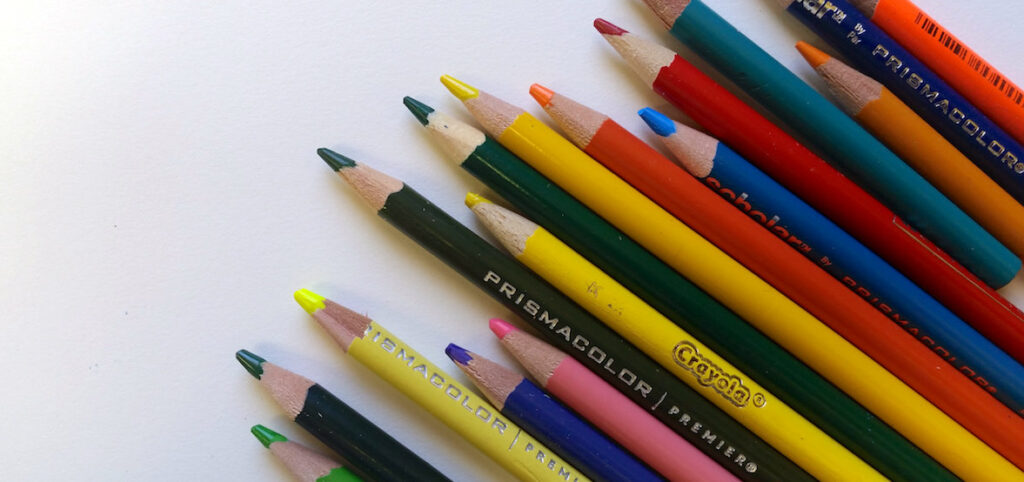
A Vision for Art Education
For students to truly act as artists, to be concerned with the process of creating, the ownership of the process must be relinquished to them. In this teaching model, the teacher allows learners to regularly make impactful decisions about the art they create. Students are challenged to apply their personal visions by developing their own plans for artmaking.
This is not to say students do not learn skills. But, instead of the model we’re most used to seeing, the teacher acts more like a mentor, guiding and sharing knowledge.
If you’re wondering what this might look like in practice, here are 6 resources to check out.
- Exploring the Open Art Room
- The Essential Framework for Teaching Creativity
- How to Build Skills Without Sacrificing Choice
- How to Get Your Students to Move on from Trite Imagery and Develop Original Concepts
- A Winning Game for The First Day of School
- How to Teach Skills with the Gradual Release Model
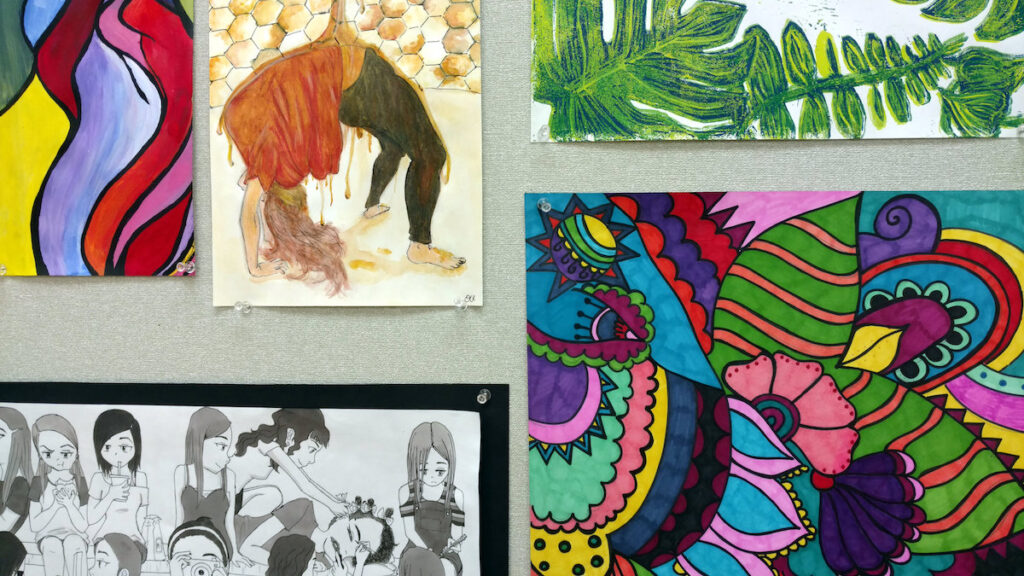
It’s time to change how we define success in the visual arts. Instead of judging the quality of an art program by the work we see, let’s also consider who is responsible for the content. Is it the students or the teacher?
If we value the process of artmaking and deep learning, we have to give students control and teach them to create on their own terms. This approach will have a huge impact on the quality of learning that happens in our classrooms.
Ultimately, the product of an art education is not what we see hanging on the walls. It is our students’ ability to work independently as artists. We need to redefine our goals as educators with this idea in mind.
This will be my last published article for The Art of Education. Sharing my ideas with the amazing readers of AOE for the last two years has been an honor for which I’m incredibly grateful. Thank you for taking the time to read the things I’ve had to say and telling me what you feel about them – even if it’s that you think I’m totally wrong! If you are interested hearing more from me, I’ll be posting regularly on my blog, www.thoughtsonarting.com and I’ve also recently published a book, The Open Art Room.
Magazine articles and podcasts are opinions of professional education contributors and do not necessarily represent the position of the Art of Education University (AOEU) or its academic offerings. Contributors use terms in the way they are most often talked about in the scope of their educational experiences.
